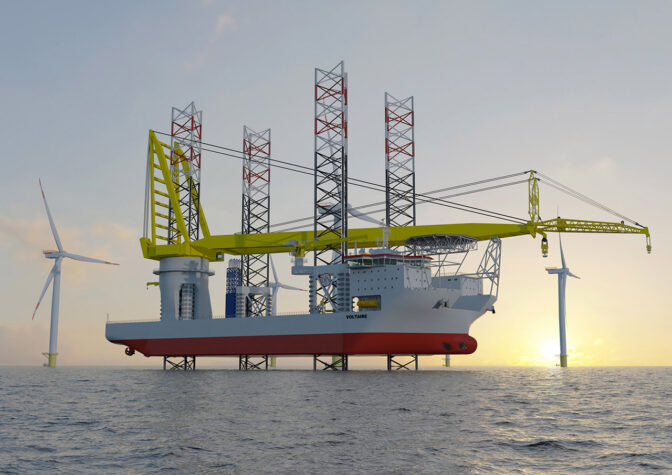SSE has announced a delay in completing Dogger Bank A, the first phase of the UK’s Dogger Bank Wind Farm. The new expected completion is in the second half of 2025, later than the initially projected first half of the year.
In its interim earnings report on 3 October, SSE stated that despite the delay, the project’s returns remain unaffected. The company reported that its renewables performance for the first half of the year exceeded previous years, aligning with expectations due to favorable weather conditions. By 30 September 2024, output reached approximately 5.3 TWh, a 44% increase from the same period last year.
SSE previously reported delays in February 2024, citing challenging weather impacting wind turbine installation, along with vessel availability and supply chain issues.
In early May, a turbine blade at Dogger Bank A was damaged. GE Vernova investigated and found the damage resulted from an installation error isolated to the single affected blade. Later, another blade failed during commissioning. GE Vernova’s analysis concluded it was unrelated to installation or manufacturing faults.
Dogger Bank A will feature 95 GE Haliade-X 13 MW wind turbines and is the first of three 1.2 GW phases. Upon completion, it is set to become the world’s largest offshore wind farm. The project is a joint venture by SSE Renewables, Equinor, and Vårgrønn.
Original Story at www.offshorewind.biz
